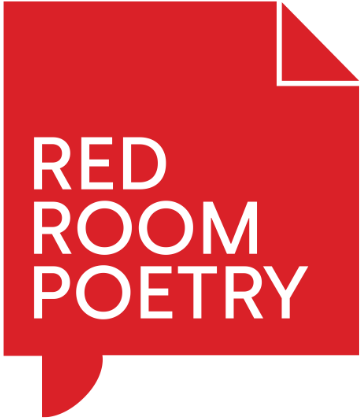Sky
By Martin Harrison
Published 1 January 2021
It’s taken a very long while to work out what the disturbing feature is in the photo collection of mostly petty criminals in the Justice and Police Museum collection. It still strikes me as a largely inexplicable feature, where I’m searching for words to describe what could be called a type of “pointlessness” in the images. Such a term obviously ignores the images’ sociological value, their technical skill, their heritage value and perhaps even their personal value to the descendants of the ne’er-do-wells and unfortunates depicted. By saying pointless, there’s no aim here to derogate either historical memory or the individuals. It is simply to notice that the images don’t easily achieve a transparent aesthetic value as artistic contributions to portrait photography: they retain a bureaucratic, utilitarian function, which shifts the way they are viewed. Inevitably, they come over as a kind of evidence as much as any kind of revelation or depiction. Is it that this type of evidence is sadly far too specific and non-mysterious in relation to the subjects for it to be deeply interesting - or perhaps even moving in the sense of unexplored narrative or hidden depths? The photos seem to be saying: If we knew more about them, what we’d discover is little lives and unattractive motives. I think viewers have to be honest about this: these are not luminous pictures or representations of tragic individuals that we are gazing at. Nor are they unsettling, querying images of people known for their unspeakable malignancy. What they offer is the evidence solely of conviction and of criminality and of being caught. Hence, the curiously destabilising lack of openness - more or less a lack of telling - which occurs in nearly all the pictures. For the most part, these people did not want to be photographed, they did not want to be illuminated in the failed back alleys of time, they did not want to proffer themselves to the future - whatever the case, not in this guise.
So the term pointlessness must, if it is to have any value, be taken literally: nothing points in these photos, nothing pointsout towards us, in our direction. Of course, any contemporary viewer is very interested because the contemporary gaze leaps a great gulf in time; it is only that it’s a photograph, a photograph reduced to what is depicted in it, which comes back to our gaze.
All of which said, we must be careful not to assume that if the gaze of these petty criminals had been intended as one of looking out, then somehow the intentional structure of the images would have effortlessly changed. “Pointlessness” may well provide the start of an explanation but in fact it remains very difficult to find a term for the kind of double move of both “disconnect” and “interest” which I am aiming to understand - and in some way to capture in the poem. I am not moved by these photos. If anything I am slightly disgusted by them, certainly saddened by them or more particularly by what they indicate of minimal, fringe-dwelling, desperate lives - but also of lives which were uncouth, stupid, thieving. Here I could be still fossicking around and about the word “pointless,” trying to detrack it, perhaps unaware of how 2012, moralistic and corporate this sort of commentary sounds. We hear remarks of this calibre every day: we call it lying, political spin.
Nothing is ever going to turn a highly commercial, advertorial photo into art. Why? Because there is no way round a viewing of the advertisment photo by which the viewing might not either fixate on display and sales appeal or be locked in a reflection on the sales system. There may be stylistic excitement and technical innovation but sooner or later exaggerated colours, simplified design, caricaturing elements and so on will reduce the potential open-ended space of seeing. The same is true of pornography: nothing will obviate the over-fixated gaze of the observer and the drastic simplification of how the image is framed. In fact once a pornographic film sequence acquires the characteristics of true film (plot, character etc) it ceases to work as sexually arousing. What is portrayed (the action) must not look back at us in any complex, independent, pointing-outward sort of way if the viewer is going to maintain a state of physical arousal. With the images of these petty crooks, idiots and unfortunates, likewise a controlling “looking-in-upon” stays in place: what was framed and frozen and shot by the police camera-man was a permanent place of external, voyeuristic judgement. I may want to look differently at them, but I can’t. The delinquents will never escape from that policed moment’s impassive, silent glare. That’s where we contemporaries come in. Our role is to repeat history. That’s what we’re doing. We are judges before and after the sentence. It’s why I want to manipulate that moment of light arrowing onto the plate, re-direct it, throw it back. Breathe it out. Wait for the next breath of light in, wait for its primrose and fragrance and its pale blue atmosphere. Have done with this solitariness and sadness. Forget stone, image, function. It’s why I want to call us - yes, you and me, roughly eighty years later - that forward past, that slide across time, that sky.
